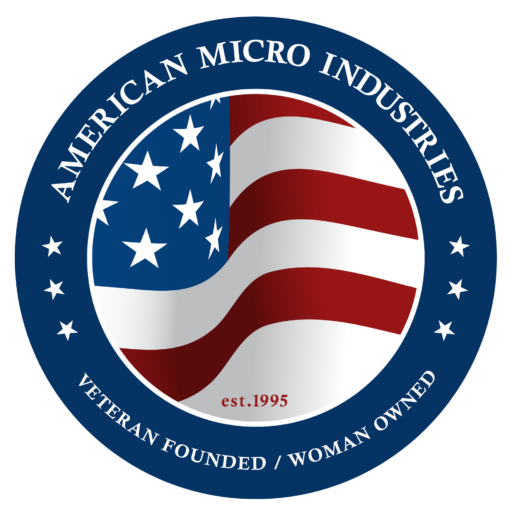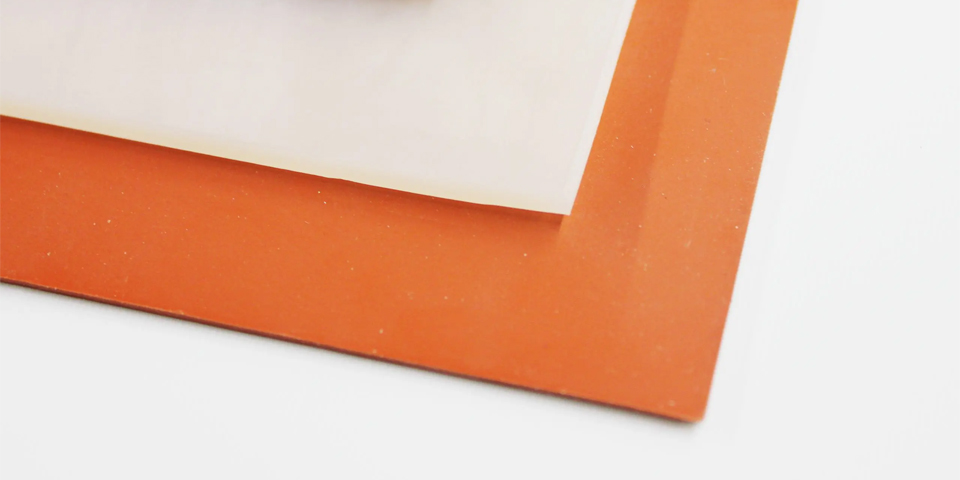

Selecting the right insulator for an electrical component depends on understanding the equipment’s thermal class and the thermal environment in which it’s placed. Thermal classes come from standardized criteria within industry regulations, and they can help point you toward the most compatible material for your insulator. The right choice can help you ensure a more effective, long-lasting insulation that keeps your equipment running as intended for as long as possible.
Let’s take a closer look at the thermal classification of insulating materials and how to choose the right insulator for your projects.
Typically, the classification of insulators comes from the National Electrical Manufacturers Association (NEMA) in the United States. Abroad, you might turn to the International Electrotechnical Commission (IEC). These groups have similar rating systems based on the thermal characteristics of the equipment, including a maximum operating temperature and a maximum hotspot operating temperature.
These ratings assume an ambient temperature of 40° C, a service factor of 1.0 and an altitude of 3,300 feet above sea level. If your application falls outside of those parameters, you’ll need to make some adjustments.
An insulation’s temperature class gives us an operating range, outside of which the insulation will deteriorate significantly. It won’t outright fail at this temperature, but it will lose a good portion of its strength and insulating properties. This loss in strength reduces the overall life span of the insulation.
When operating temperatures exceed the rating for a class, your insulation may lose years of operating time, leading to earlier equipment failure or performance issues. The Arrhenius equation describes this relationship. In short, it tells us that for every 10° C increase in operating temperature, the insulation system loses about 50% of its thermal life expectancy. Clearly, matching your insulation with its thermal environment is critical.
NEMA classes start at Class A, which is the entry-level rating with a maximum hotspot temperature of 105° C. The NEMA ratings are as follows:
IEC classification of insulation material is a little more straightforward. These ratings come from IEC 60085 and name the classes after their maximum hotspot temperatures. Class 90, for example, has a maximum hotspot temperature of 90° C. IEC classes have more increments than NEMA classes and include:
Further IEC classes also exist, moving up in 25° C increments.
A maximum hotspot operating temperature refers to the point at which the machine’s operating temperature would start to reduce the insulation’s life span. You can find the maximum hotspot operating temperature by adding the machine’s rated ambient temperature — usually 40° C — the allowed rise in operating temperature and a hotspot allowance of 10° C. An operating temperature above this value can rapidly reduce the life of the insulator.
Insulating materials in different classifications tend to be commonly used in certain applications. Here are some examples of what materials are used in different classes and how designers typically use them.
IEC Class 90 includes cotton, paper, vulcanized natural rubber, silk and thermoplastics that become soft over 90° C. IEC Class 105 — which corresponds to NEMA Class A — often comprises materials from Class 90 that have been impregnated with, immersed in or coated with a dielectric liquid. They also include silk and some synthetic fibers, too.
These are an older style of insulation and have commonly been used in applications such as phone cables, transformers and capacitors. Modern material selections allow for better thermal performance, so you’ll typically only see these lower classes used with less-demanding applications or older installations.
Class 120 materials include resins, plastics and polymers like polyethylene and epoxy resins. These materials perform better at higher temperatures, and they’re usually light and easy to shape, making them a good fit for industries like automotive and aerospace. Of course, many applications in these industries call for materials in higher thermal classes, but lower-heat installations still make good use of Class 120 materials. They’re also common in electronics, household appliances and many other components such as seals, bearings and washers.
Class 130, which corresponds to NEMA Class B, often uses inorganic materials such as glass fibers alongside binders that can withstand higher temperatures. Some examples of these added materials include varnishes or alkyd, epoxy or polyurethane resin. As you go up to higher classes, these binders and additional materials become better able to resist high temperatures. Class 180, for instance, often adds silicone elastomer, while Class 200 might use Teflon.
These high-temperature classes are ideal for high-voltage applications, such as transformers, converters and other power electronics. Other considerations, like mechanical strength, also become more important for these high-temperature materials since they will likely be placed in tough environments.
Here at American Micro Industries, we can machine insulators in any class, with a wide range of sheet materials to keep your electrical equipment safe. Our sophisticated CNC machining and CAD modeling capabilities allow us to create precise, high-quality parts optimized for your goals. We have a large selection of off-the-shelf raw materials, and we can custom-machine insulators to help keep your equipment running smoothly. Our expert team knows the unique nature of insulator machining and can help find and create the right solution.
Some of our most common electrical insulators use glass, plastic, rubber or ceramic materials, such as:
Our selection of insulator materials is optimized for high dielectric strength and resistivity, so you can build with exceptional opposition against the stress and currents that can cause hazards or malfunctions. With fast turnarounds, expert support and advanced cutting equipment, American Micro is the go-to provider for insulators across classes and industries.
Whether you know exactly what you want or need some pointers from our experts, we’re ready to help. We’ll find you the right material or get started with a completely custom solution. Reach out to us or request a free quote today to learn more about our capabilities or get some assistance with your next project!